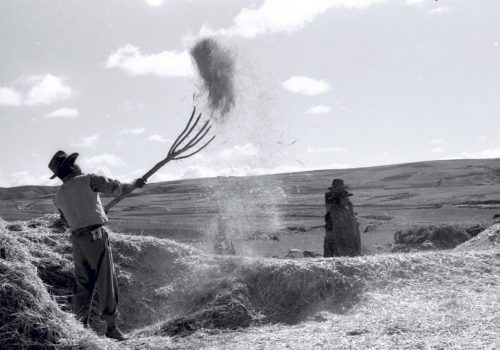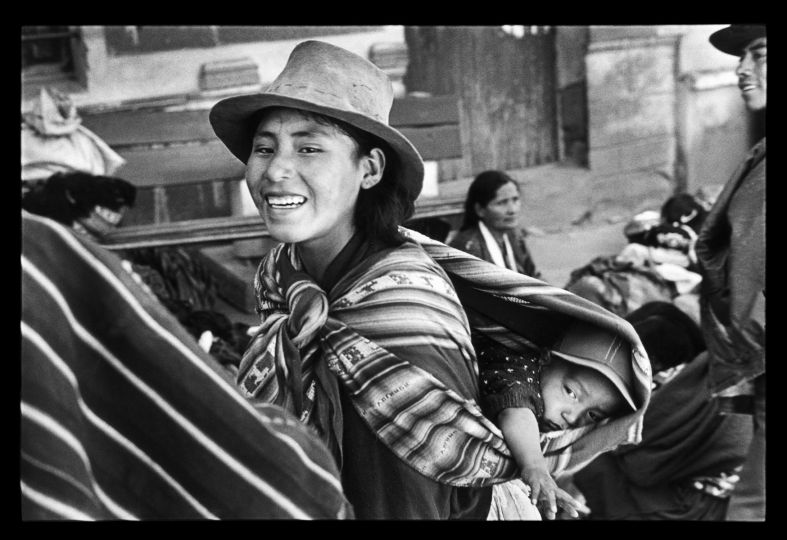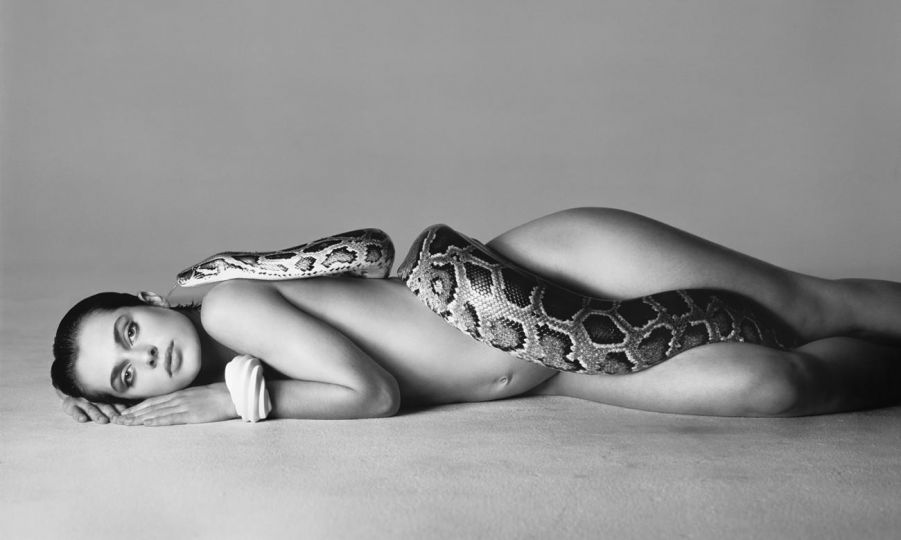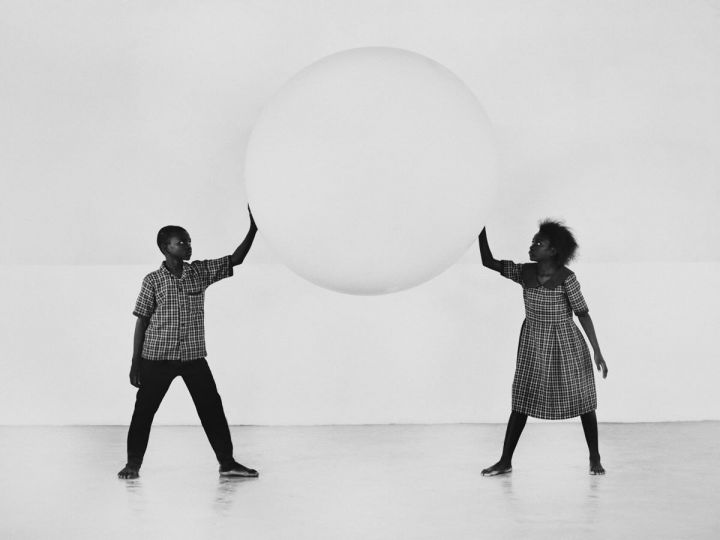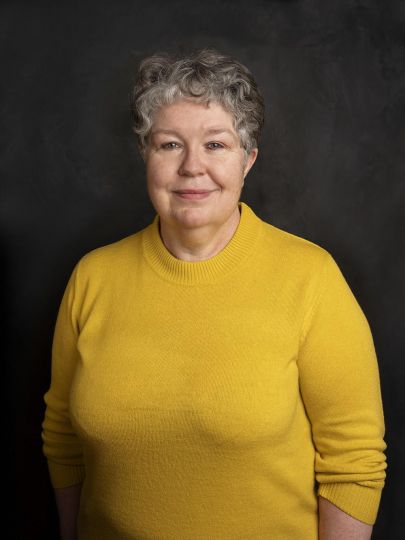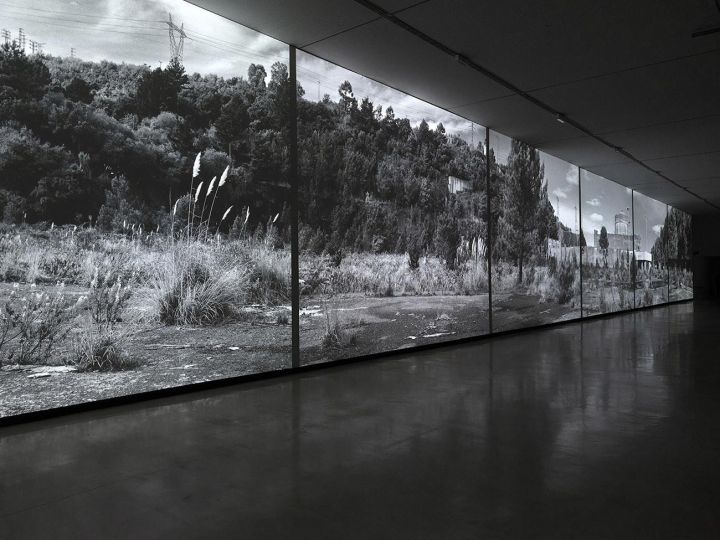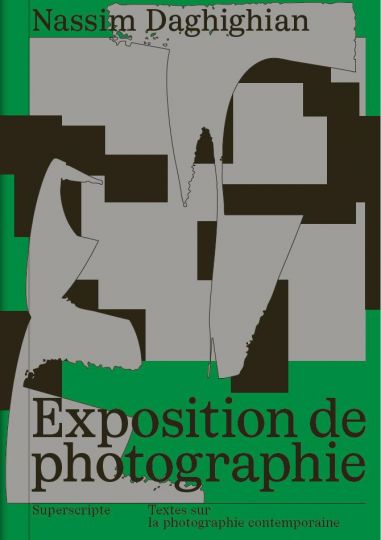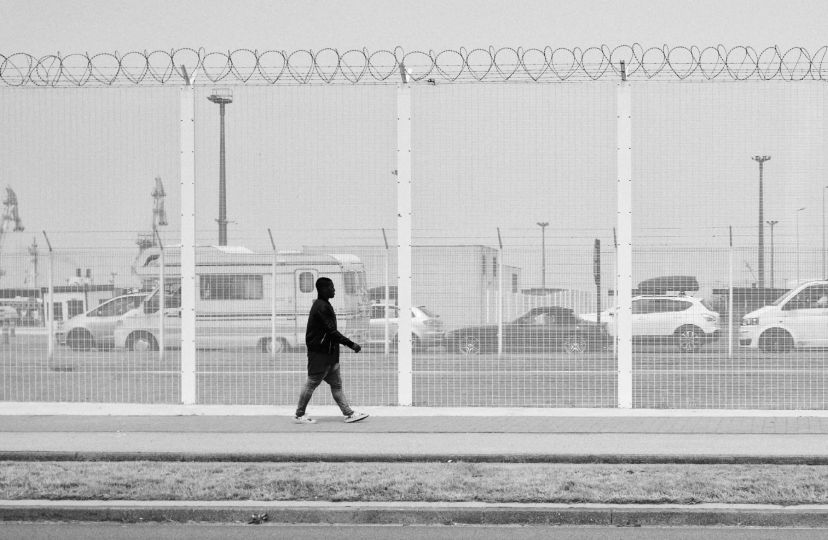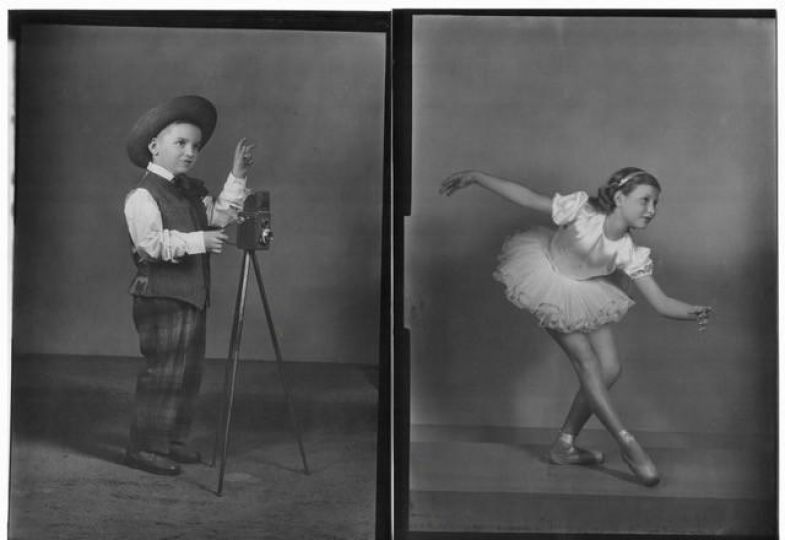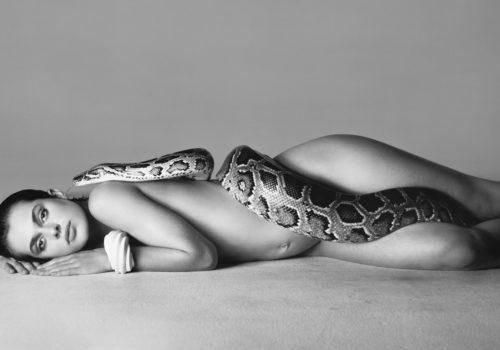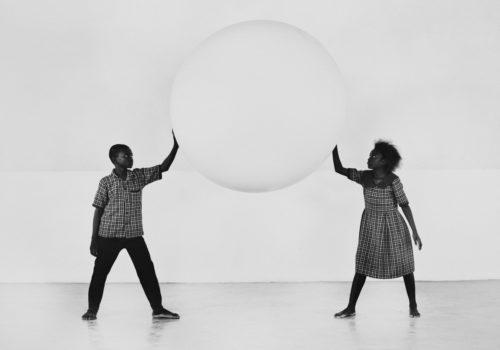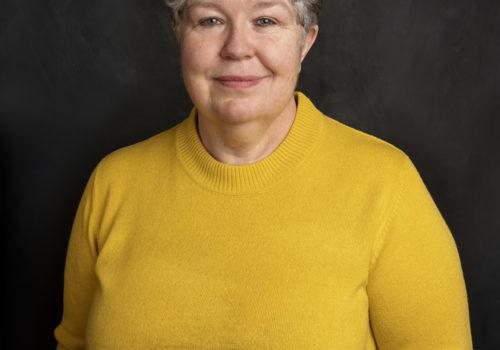In 1968, the photographer Guy Capdeville abandons the Western consumer society and discovers, along the Andes, Bolivia. His journey, his discovery of civilizations several millennia old, inhabit the film L’abolit vit, a strong learned and astonished narration of this country.
In this small village of altitude, the festival is in full swing in honor of the new chief. As in the time of the Inca empire, he manages the social life and dictates the daily activities. He can also render justice at the first level because the isolation of the place is a brake on the laws of the country, whatever the regime. He is elected by popular consensus and his authority is respected by all. The sheep will be sacrificed in his honor, to the sounds of songs and drums. There is no need for microphones as in the cities; music is conjugated in plural, and in the present tense.
****
It was a long journey. After turning my back on the consumer society in June 1968, I made the “road”, from Canada to Chile. And the road led me, through the steep paths of the Andes, to the hospitality of the Aymaras and Quetchuas Indians. With them, I shared the walk; this is how I photographed their daily life and captured the balance of their existence. The same gestures for thousands of years. The same materials: alpaca wool to weave clothes, iron and wood to harvest cereals, earth and thatch to build houses. And the same earth to respect, this Pachamama, to feed the children and welcome the dead, in all tranquillity.
****
Capital of Bolivia, La Paz is well named; at more than 3 500 meters of altitude, it is in the heart of the Andes and remains a meeting place for all the Indian communities of the high valleys and the Altiplano. Everyone can do their shopping here and find what they are looking for, always with good humor and courtesy. This custom of respect for the other, specific to the Aymaras and Quetchuas, creates a warm atmosphere, more from the villages than citified.
****
Since the end of the Inca empire, the peasants perpetuate the Indian culture. And if they go sometimes to La Paz, it is only to sell their productions at the market or on a sidewalk. No question of selling everything at once! To this tourist who wanted to buy all her figurines, this merchant had opposed an unstoppable argument: “I will have nothing more to sell tomorrow”. A reasoning that is foreign to multinationals… In their frantic race for profit, European surplus milk powder was sold as infant milk without mentioning, unfortunately, that the water had to be boiled. Hundreds of Indian babies have died from food-borne infections.
****
If it remains inhospitable, the Peruvian coast attracts nevertheless populations in search of a better life, especially a salary. They abandon their villages of the high valleys to settle near the numerous factories which plunder the anchovy banks of the Humbolt current in order to make fertilizer of it for the cultures of the northern hemisphere. These itinerant workers arrive with a simple bundle, sometimes with their wives and children, and build with salvaged materials the shelters that make the shantytown bigger. In spite of the extreme precariousness, the young people play ball with the hope of having money soon.
****
From the heights of the central cordillera, I had been informed that an ancient Inca path led to the gold mines. It was necessary to pass the Nevada de Ancohuma pass, always covered with snow, and to follow a valley until the tropical forest. After eight days of walk in uninhabited zone, the camp of the gold diggers appeared to us finally, and its occupants welcomed us with open arms. We shared their life during several weeks, each one giving us some nuggets to buy our victuals. All the trade is regulated by small scales; toilet paper, soap, packet of noodles… each product is worth its weight in gold.
****
Eager to get away from the consumer society, in the process of globalization in the 1960s, I undertook an eight-day walk through the desert area of the Salar de Uyuni to meet an isolated tribe of the Chipaya people. The Indians of the highlands said that beyond the Laguna de Coïpasa, strange people dressed in dark colors and living in round houses lived in autarky, without contact with the outside world. How could they subsist in a salt desert? The way to reach them is long and dangerous: night frosts and daytime heats, fragile stretches of salt masking a black and nauseating bottomless mud.
When I arrived, nobody! Frightened by the foreigner, the inhabitants will take several hours before approaching. First the children, then the adults with whom a first dialogue is established. Finally they are happy to receive a visit and agree to share the secrets of their way of life. Designed like igloos, their earthen houses are isothermal. In the absence of wood, the framework is made of a bundle of roots bound with leather strips. The thatch is sewn throughout to withstand the strong winds of the rainy season.
Outside, there is a rounded oven to resist night frosts, but also circular enclosures made of mud bricks where llamas and vicuñas spend the night. After several months, these spaces are sufficiently fertilized to plant quinoa which remains, with a resistant variety of potato, the base of their diet. A diet enriched by the dried meat of the pink flamingos that they hunt with boleadores. They have had everything they need to live there for millennia; but since lithium was discovered in their land, square houses with zinc roofs, burning during the day and freezing at night, have been built for them. And the distribution of oatmeal often caused dysentery, putting an end to their way of life. Little by little, the Chipayas became mixed.
****
The sacred mountain which dominates the lake Titicaca is frequented since always by those who come to look for a revelation. Everyone is free, according to his relationship with the world, to see a mystical or scientific dimension. For some, the incense and the smoke have more reality than the telescope. Place of pilgrimage between earth and sky, the mountain is a place of truth, a point of balance between the past and the present. Formerly the Incas went there to make offerings to their gods; today the ritual continues, but the visions are not the same…
****
Halfway between the Amazon basin and the Altiplano, the region of Cochabamba is a place where agricultural and handicraft products are exchanged. The markets cover the streets of the city and the women “with big hats” animate with ardor the purchases and the sales, claiming their identity of mestizo, neither white nor Indian, but always keen on the gain. It is also where the cocaine base paste is negotiated, made from coca leaves with added kerosene, sulfuric acid and sodium carbonate. A small part of it will be sold to street kids, but most of it will be transformed into cocaine sulfate to be exported.
****
On the eve of the Chilean election that allowed Salvador Allende to become president, the capital Santiago was in turmoil. If the press still reported the violence of some Bolivian guerrillas, symbols of peace also flourished, like the announcement for a better future. The child’s eyes were drawn to the freedom he saw with the victory of socialism, but his fleeting hope was curtailed by an iron fist which, shortly afterwards, plunged Chile back into a military dictatorship of sinister memory.
Guy Capdeville, L’abolit vit, 2021
From a series of photographs made in 1968.

